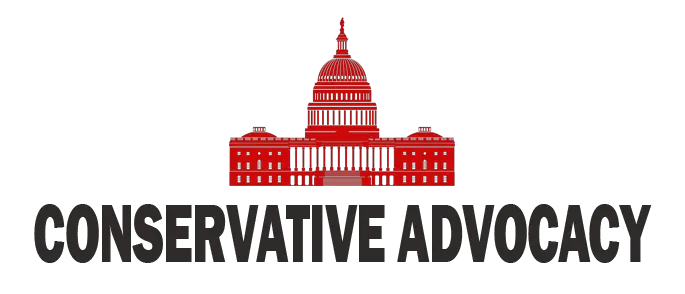In the bustling halls of Washington, D.C., where voices rise and fall like the tide, a considerable ruckus has emerged from the political establishment over recent efforts to cut federal bureaucracy in education. Although it might sound like a topic best reserved for a boring meeting, the stakes are remarkably high and the reactions are anything but dull. Critics, particularly those who fiercely oppose President Trump, have jumped at the chance to sound alarms about defunding education, claiming that such moves will invariably harm students. However, many Americans see the situation with clearer eyes.
A significant number of citizens across the country cast their votes for President Trump not only because of his charismatic personality but also because they were frustrated with a top-down educational system that has become widely recognized as broken. The statistics back this up: only three out of ten students can read proficiently at their grade level. That is a glaring indicator that something is amiss. Parents are beginning to comprehend that relying on federal regulation may not be the best way to foster learning. Instead of improving literacy rates, it seems to have created a tangled web of red tape that has teachers scratching their heads and students feeling disconnected.
Moreover, college students are feeling the financial crunch too. The staggering $1.7 trillion in collective debt hangs over them like a dark cloud. Students work hard to earn their degrees, only to find that less than half of college graduates actually land jobs that utilize what they studied. That’s like practicing for a big game and then sitting on the bench when it’s time to play. Many young adults are rightfully disillusioned with a system that leans heavily on federal oversight and then leaves them to navigate a chaotic post-college world on their own.
But the concerns don’t stop there. There’s a significant wave of teachers leaving the profession, driven by burnout and frustration over strict regulations. More educators are throwing in the towel as they grapple with a system that provides them limited autonomy to foster creativity and adapt lessons to the diverse needs of their students. It’s like being a chef locked away in a kitchen with no ingredients to work with—you can’t cook anything tasty if you aren’t allowed to hand-pick your own spices!
Amidst the chaos, opposition voices claim that returning decision-making power to the states is a drastic and draconian action. Yet, many parents and educators see this change as a necessary move toward revitalizing a stagnant system. By empowering states to take the reins, there’s potential for tailored solutions that better meet the unique needs of local communities. After all, no one knows the specific challenges of a local school better than the people who live and work there.
In conclusion, while critics continue to create a symphony of alarmist arguments, the reality is that Americans are craving a fresh approach to education—one that encourages growth, creativity, and true learning rather than rote memorization and endless bureaucracy. The focus now shouldn’t just be about defending what has always been done but in reimagining a system that can finally function effectively and benefit students. Keep your eyes peeled; change may be on the horizon, and it could transform education in ways we’ve only dreamed of!




